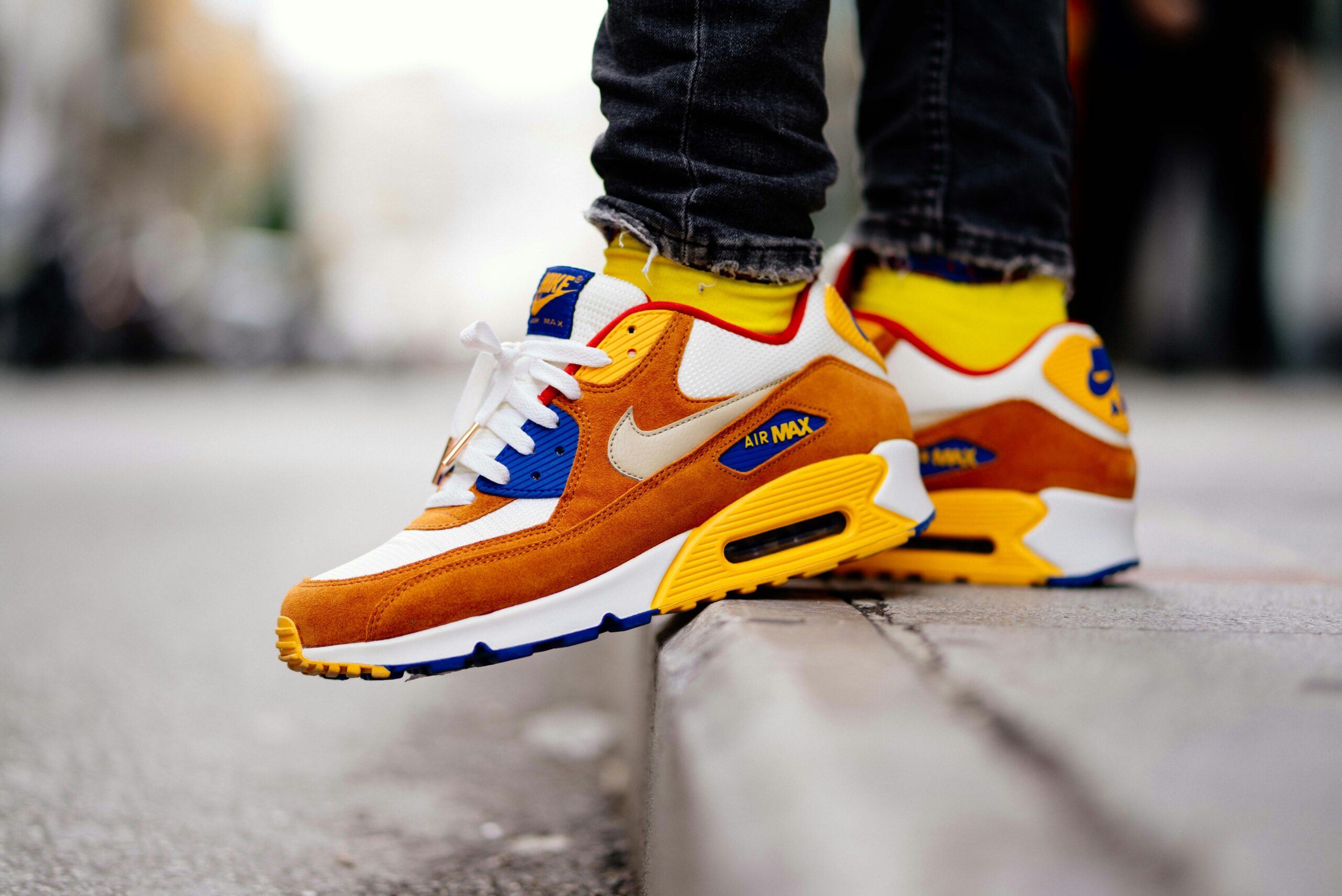If there’s one universal truth about kids, it’s this: they can destroy a pair of shoes faster than you can say “back-to-school shopping.” One week you’re lacing up brand-new sneakers, the next you’re staring at holes in the toes, Velcro that no longer sticks, or soles that look like they’ve been through a construction site.
So, what’s a parent to do? You can’t stop kids from running, climbing, skidding, or inventing games that seem specifically designed to test the limits of fabric and rubber. But you can be strategic about the shoes you buy. Over the years (and after more than a few shoe-related regrets), here are the things I’ve learned about finding pairs that actually last through rough play.
Look at the Sole First
The sole is the shoe’s backbone. If it’s thin or flimsy, it doesn’t matter how stylish the upper is—it’ll wear down before you know it. For kids who drag their feet, ride bikes, or play endless games of tag, you’ll want a sole that’s both thick and flexible.
Rubber outsoles tend to hold up best. Bonus points if the tread has some grip, since playgrounds can be slippery after a little rain. Think of it this way: if the sole looks like something you’d want under your own feet during a long walk, it’s probably a good bet for your kid, too.
Materials Matter
Canvas sneakers are light and breathable, which is great for summer. But if your child is the type who slides into base during kickball or climbs every tree in sight, canvas can fray quickly. Leather or synthetic uppers usually last longer, and they’re easier to wipe clean after inevitable mud puddle encounters.
That doesn’t mean canvas is out of the question—it just means you’ll want to choose a sturdy version, reinforced at the toe or double-stitched in high-wear spots.
Pay Attention to Reinforced Toes
If you’ve ever looked at your child’s sneakers after two weeks and noticed the big toe pushing through, you’re not alone. Some kids put all their energy (and apparently their body weight) into their toes when they play. Shoes with reinforced toe caps—whether rubber or extra fabric—can add weeks or even months of life to a pair.
The Velcro vs. Laces Debate
Younger kids often do better with Velcro closures. They’re fast, they’re easy, and they save you from having to tie 20 knots a day. The catch? Velcro wears out faster than laces, especially when it’s packed with playground dust.
For older kids, laces tend to give a more secure fit and longer life. Some brands now offer hybrid closures (Velcro straps over laces) which give you the best of both worlds.
Brand Reputation Counts
Let’s be honest: not all shoes are created equal. Certain brands have built their name on making shoes that can handle rough treatment. Vans sneakers, for example, started in skate culture—so they’re literally designed for kids and teens who drag their feet, jump off curbs, and generally test shoes to the limit. A classic pair of Vans can survive months of playground wear where bargain sneakers might only last a few weeks.
Other solid contenders?
- Nike or Adidas sneakers: Known for sturdy soles and athletic-level durability.
- Merrell or Keen shoes: Great for kids who live outdoors and need rugged protection.
- New Balance: Often praised for comfort and long-lasting construction.
The point isn’t to chase the logo—it’s to recognize that some brands consistently deliver on durability, which can save you money in the long run.
Think Seasonally
Durable doesn’t always mean “one shoe fits all.” Sneakers may be great for spring and fall, but if your winters are wet or icy, a waterproof boot is a must. Likewise, in summer, breathable sandals with reinforced straps can be more practical than sneakers that trap heat.
Trying to make one pair of shoes work for every season usually ends in disappointment (and smelly socks). Building a small rotation based on weather keeps each pair in better shape for longer.
Don’t Forget Fit
It sounds obvious, but ill-fitting shoes wear out faster. If a shoe is too big, kids drag their feet and bend the material in odd ways. Too small, and toes press through or seams burst. Always check sizing charts, but also trust the “thumb test”: there should be about a thumb’s width between the end of your child’s longest toe and the front of the shoe.
And yes—sometimes kids will tell you a shoe is “fine” just because they like the color. Double-check anyway.
Rotate, Repair, Repeat
Even the sturdiest shoe needs a break. If possible, have at least two pairs your child can alternate between. Not only does this cut down on daily wear and tear, but it also gives shoes time to dry out and bounce back from heavy use.
And don’t underestimate small repairs. A bit of super glue on a peeling sole, or a new insole in an otherwise solid shoe, can stretch the lifespan by weeks.
The Bottom Line
No shoe is indestructible (kids will always find new ways to surprise us). But by paying attention to materials, soles, reinforcement, and brand reputation, you can stack the odds in your favor.
The next time you’re shoe shopping, skip the temptation of the cheapest pair on the shelf and go for something built to last—like a classic pair of Vans sneakers or another trusted brand with a track record for durability. In the long run, spending a little more upfront usually means fewer emergency shopping trips later.
And let’s be real: anything that saves a parent one more errand? That’s priceless.

